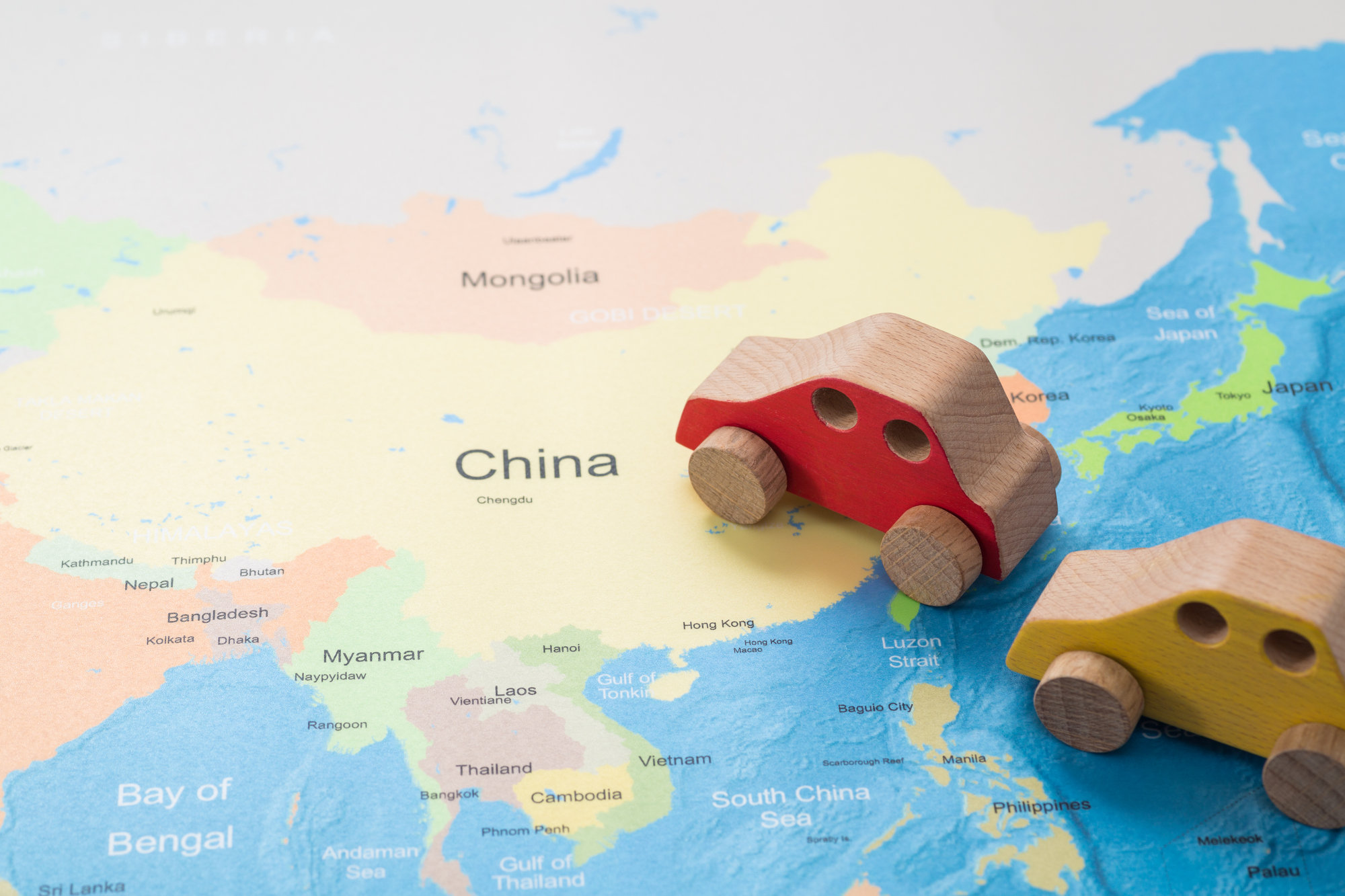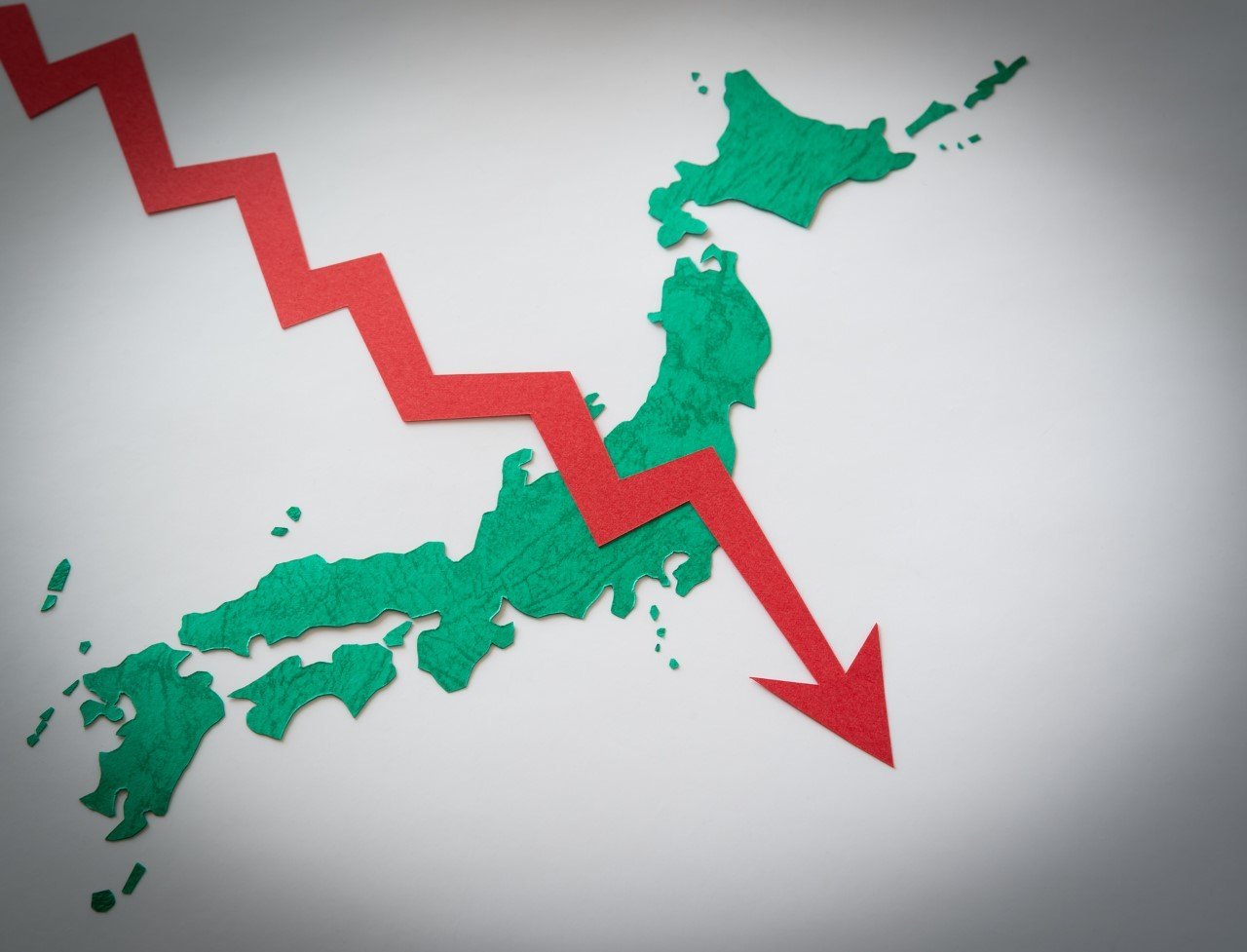2011/02/02
No. 108: Toru Nakakita, "Open Up to the East Asian Economy in an Era of Competition and Cooperation"
Over the past decade, the Japanese economy has seen very little or no increase in general price levels. This is not a genuine deflation, where the inflation rate turns negative and the spiraling economy produces massive unemployment. It nonetheless points to a serious economic depression as marked by weak macroeconomic conditions, including stagnant gross domestic product (GDP). To get through such a difficult time as viewed from a much wider perspective, Japan is being pressed to open itself up to the rest of the world, and to the East Asian economy in particular, which is deepening interdependence through competition and cooperation.
In an unprecedented manner, the Bank of Japan (BOJ) has been implementing a zero interest rate policy and quantitative easing over the past decade. The central bank once lifted quantitative easing in July 2006, in the wake of recovering financial stability propped up by growing exports. However the bankruptcy of Lehman Brothers pushed Japan into a deflationary slump, forcing the BOJ to introduce a second round of a zero interest rate policy and quantitative easing beginning in December 2008. Even though the ultra-easing monetary policy has had a certain psychological effect countering a deflationary spiral, there is a fairly wide consensus being established among economists, as well as the Federal Reserve Bank of the United States, also plagued by a deflationary situation, that this policy will prove a limited if not entirely ineffective remedy for depression.
More serious right now for the Japanese economy is the continued decline in the birthrate and the tendency of corporations and industries to avoid fierce global competition. These factors are considered to have worked towards significantly reducing the potential growth rate of the Japanese economy. Recent empirical studies also indicate stagnation in productivity growth not just at the macro level but also at the major industry and corporation level. Japan has been overtaken by Singapore and is being aggressively pursued by South Korea in terms of GDP per capita on a purchasing power parity (PPP) basis. Japanese industry, although noted for its capability to increase productivity through a variety of innovations by achieving breakthroughs in new high technologies and promoting reorganization, is certainly losing its competitive edge.
Surrounding Japan are emerging economies, including China, Hong Kong, Taiwan, South Korea, ASEAN countries and India. Thanks to the booming economies of these countries, East Asia is increasing its presence as the world's manufacturing center both in terms of scale and the extensive use of global standards. Some of those countries have already fully investigated the downside of the Japanese economy and, in recent years, embarked on strategic industrial development in such areas as water supply and sewage services, electric automobiles, medium-haul airplanes, railroad services and even nuclear power generation.
South Korea has retracted the defensive stance that it had maintained at the World Trade Organization (WTO) negotiations to protect domestic agricultural production in lockstep with Japan, and agreed to free trade agreements (FTA) with the European Union and the United States. Taiwan has signed a de facto FTA (ECFA) with China. Having almost caught up with Japan in nominal GDP, China has grown into a central presence, leading world consumption on the back of its success in economic reform and liberalization. Behind these developments, however, we should not forget that US and European firms have actively been promoting foreign operations on a huge scale by way of original equipment manufacturing (OEM) and foreign direct investment (FDI) in the manufacturing sector, and therefore have been successful in establishing a business model designed to create a worldwide manufacturing market through global standards systems such as ISO/IEC (International Organization for Standardization /International Electrotechnical Commission).
The value of trade between Japan and China has outstripped that between Japan and the United States ever since 2008. The declining price level in Japan is due largely to increasing imports of goods and services from Asian countries. The East Asian region is deepening interdependence by accelerating and improving exchanges in various fields such as goods, services, FDI, tourism, labor, environmental technologies, finance and currency. This trend should be welcomed as the beginning of a new era of competition and cooperation.
There exist, however, a number of domestically oriented small-to-medium-sized companies in Japan that have amassed unsurpassed technical innovation capabilities and management resources. There is plenty of scope for these companies to cooperate and even merge with Asian counterparts in the immediate future. On the other hand, if Japanese companies transfer overseas sections that have lost competitiveness and further strengthen headquarters functions, including research and development (R&D), this would not only allow Japanese companies to seize opportunities for further growth but also contribute to Asian development.
It is important, and should be possible, for companies to concentrate on core competence, such as by promoting drastic cross-border mergers and acquisitions (M&A) of national carriers in the airline industry, expanding employment of foreign students and encouraging joint research programs in basic fields. To this end, the government should make utmost efforts to remove barriers to industrial reorganization as soon as possible by re-examining the excessive protection of domestic agricultural markets and lowering high corporate income tax rates.
Toru Nakakita is Professor of International Economics and a member of the Board of Trustees at Toyo University.
The views expressed in this piece are the author's own and should not be attributed to The Association of Japanese Institutes of Strategic Studies.









